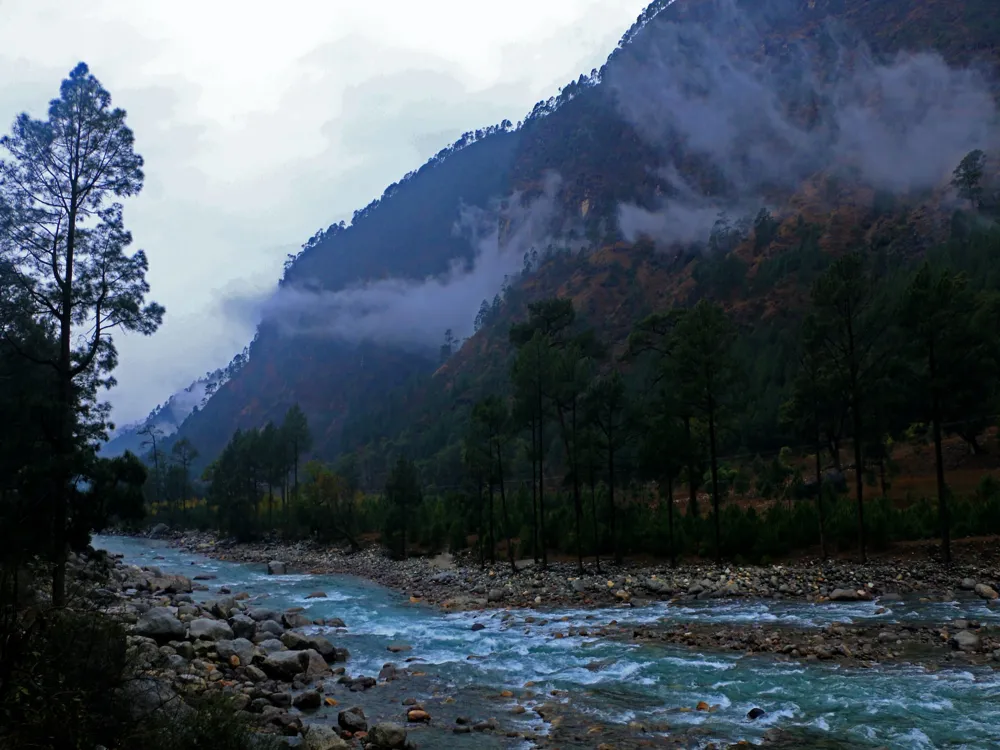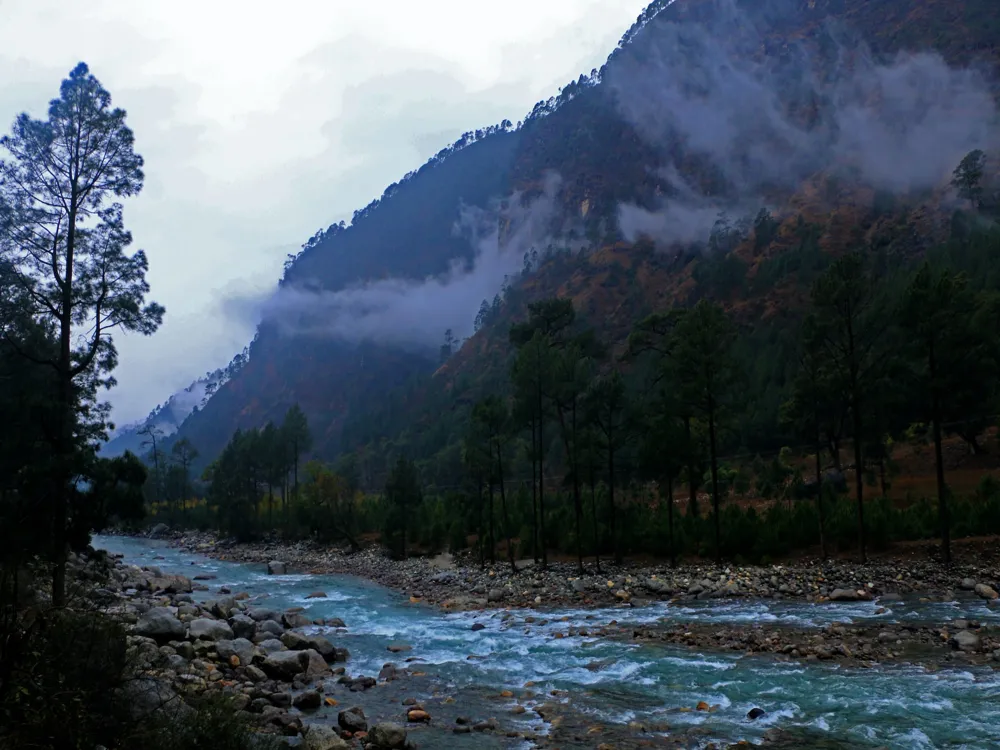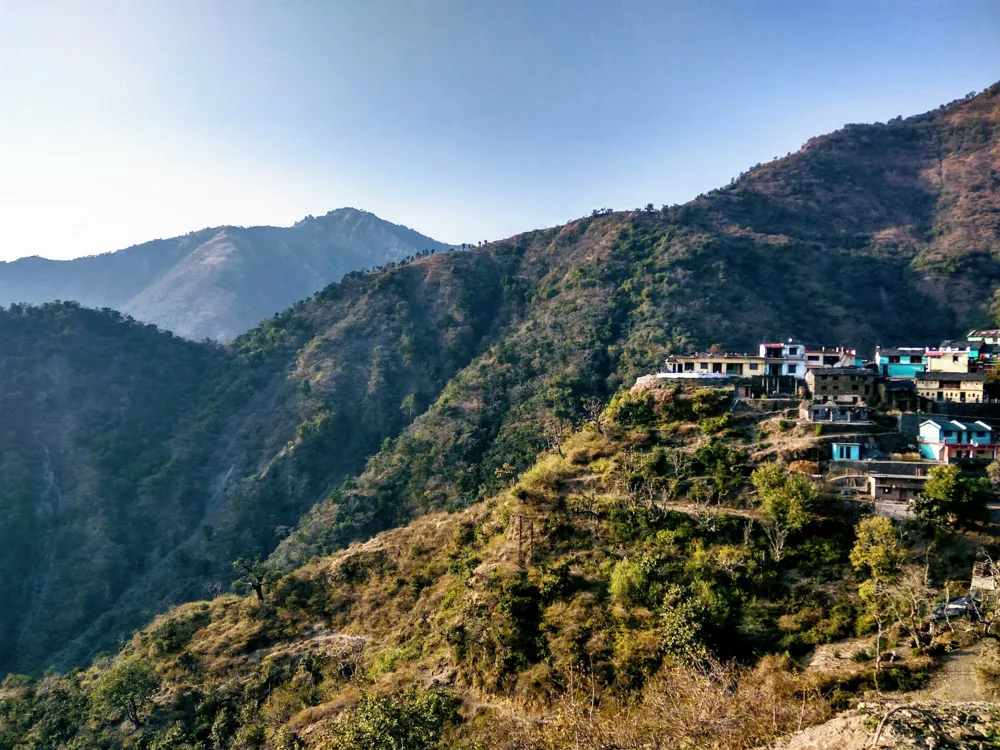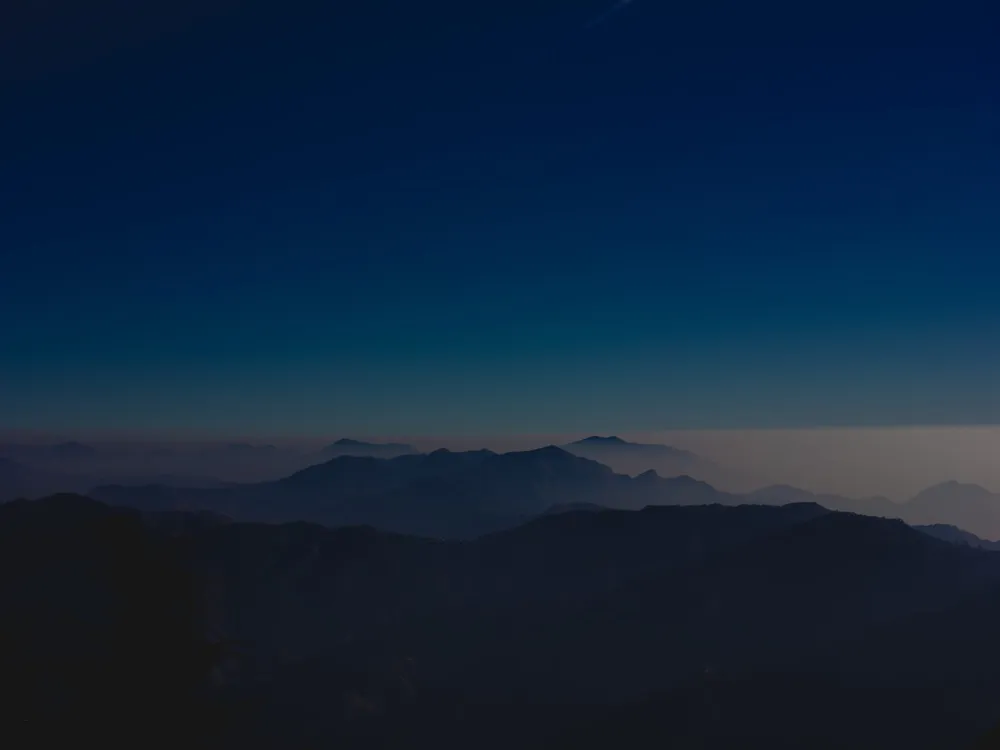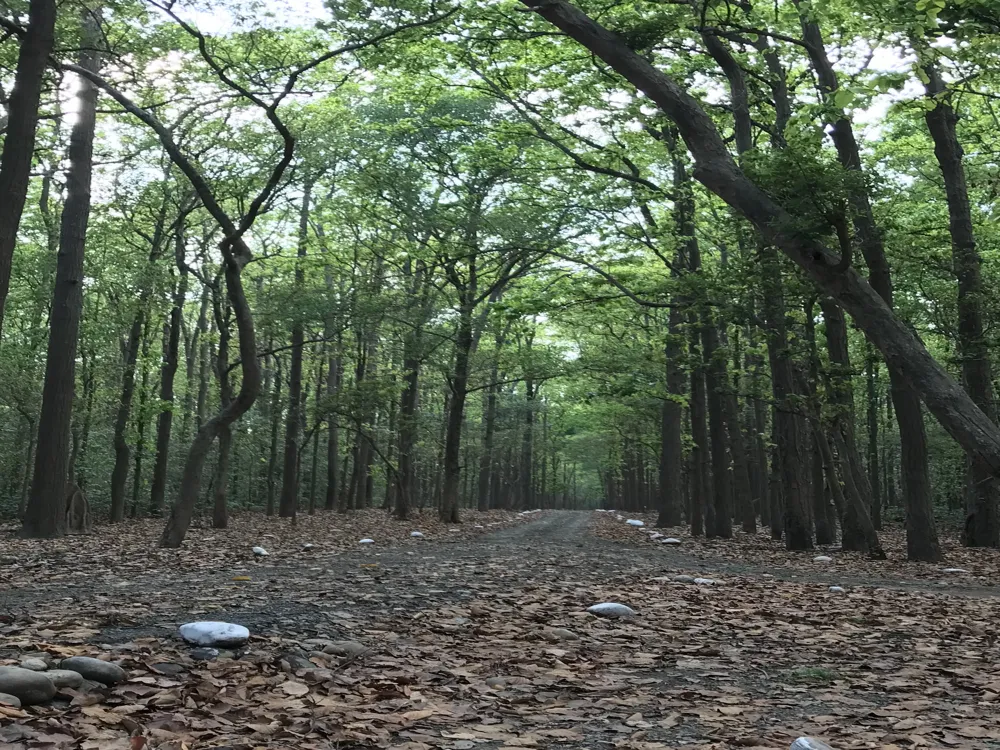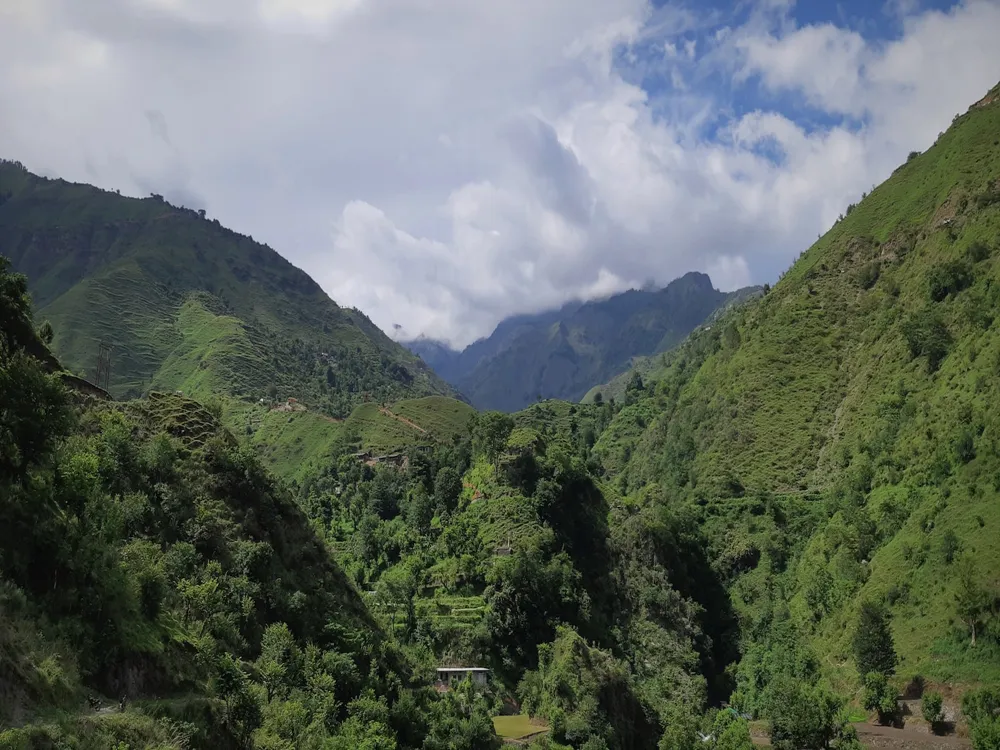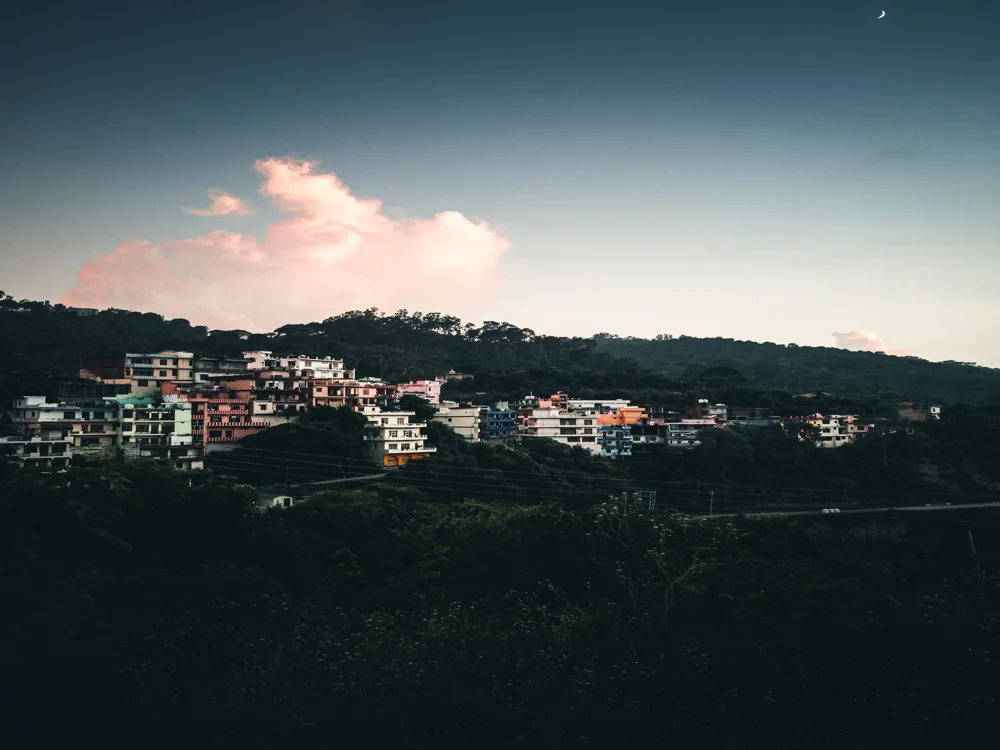Nestled in the stunning environs of Mussoorie, Uttarakhand, the Jabarkhet Nature Reserve stands as a testament to the unspoiled beauty of the Himalayan region. This reserve, spanning over 100 acres, is not just a natural haven but also an ecological endeavor to preserve and showcase the region's unique biodiversity. The story of Jabarkhet Nature Reserve began in 2014 when it was transformed from a privately owned forest to a public eco-tourism site. This transformation has been a beacon of hope for environmental conservation and sustainable tourism in Uttarakhand. The reserve is a melting pot of diverse flora and fauna. It hosts over 100 species of birds, making it a paradise for birdwatchers. Amongst its lush greenery, one can spot rare and exotic species like the Himalayan Griffon, Black Eagle, and various species of thrushes and warblers. The plant life is equally rich, featuring a variety of native Himalayan species, including several medicinal herbs. The forest is predominantly composed of oak and rhododendron trees, interspersed with deodar and pine at higher elevations, creating a vibrant mosaic of greenery. Jabarkhet Nature Reserve's topography is a harmonious blend of gentle slopes, rolling hills, and steep ridges, offering visitors breathtaking views of the Doon Valley and the snow-capped Himalayan peaks. The reserve's commitment to conservation is evident in its carefully managed trails, which are designed to minimize human impact while maximizing the visitor's experience of the natural world. These trails lead to various points of interest within the reserve, including Flag Hill and Leopard Point, each offering a unique perspective of the region's beauty. The reserve also plays a pivotal role in educating visitors about the importance of preserving natural habitats. It conducts various programs and workshops on environmental awareness and sustainable living. The eco-friendly practices adopted here, like solar lighting and rainwater harvesting, exemplify how human activities can harmoniously coexist with nature. Jabarkhet Nature Reserve is more than just a tourist spot; it's a living classroom and a model for conservation efforts worldwide. The architecture of Jabarkhet Nature Reserve is a unique amalgamation of natural beauty and sustainable design. Unlike conventional architectural projects, the structures within the reserve are built with a deep respect for the environment, ensuring a minimal ecological footprint. The architectural philosophy here hinges on the principles of eco-sensitivity, sustainability, and harmony with nature. One of the highlights of the reserve's architecture is its use of locally sourced materials. The use of stone, wood, and other natural materials not only reduces the environmental impact but also helps the structures blend seamlessly with the surrounding landscape. The buildings, including the visitor center, cottages, and observation decks, are designed to complement the natural terrain. Sloping roofs, large windows, and open-air platforms are common features, allowing visitors to immerse themselves in the natural splendor while ensuring adequate shelter and comfort. The visitor center is a model of sustainable architecture. It is equipped with solar panels, which provide a clean and renewable source of energy. The center uses rainwater harvesting techniques, which help in water conservation and reduce the dependence on external water sources. The design incorporates natural ventilation and lighting, reducing the need for artificial heating and lighting, thus minimizing the carbon footprint. The trails and walkways within the reserve are carefully planned and constructed to prevent soil erosion and protect the delicate flora. The use of natural stone and minimal intervention techniques in trail construction ensures a low impact on the environment. These trails not only provide access to various parts of the reserve but also enhance the visitor's experience by allowing for close interaction with nature, without disturbing the ecological balance. Overall, the architecture of Jabarkhet Nature Reserve is a testament to the possibility of creating structures that are both functional and environmentally conscious. It stands as an example of how human development and nature conservation can go hand in hand, creating spaces that are sustainable, educational, and awe-inspiring. Before visiting Jabarkhet Nature Reserve, it's essential to check the weather conditions and the reserve's opening hours. Plan to wear comfortable walking shoes and carry water, as some trails can be moderately challenging. It's also a good idea to carry binoculars for birdwatching and a camera to capture the stunning vistas. While exploring the reserve, maintain a safe distance from wildlife and avoid disturbing them. Feeding animals is strictly prohibited as it can disrupt their natural feeding habits. Remember, the reserve is their home, and we are just visitors. Jabarkhet Nature Reserve is committed to sustainability. Visitors are encouraged to follow eco-friendly practices such as not littering, using water judiciously, and minimizing noise pollution. This helps in maintaining the pristine condition of the reserve. For your safety and to protect the reserve's flora and fauna, it is crucial to stay on the marked trails. Venturing off the trails can lead to soil erosion and disturb the habitat of various species living in the reserve. Photography is encouraged, but it's important to respect nature and wildlife. Use of flash is discouraged near animals, and drones are typically not allowed without prior permission, as they can disturb wildlife. Jabarkhet Nature Reserve is easily accessible from Mussoorie. The nearest airport is Jolly Grant Airport in Dehradun, about 60 kilometers away. From Dehradun, visitors can hire a taxi or take a bus to Mussoorie. Once in Mussoorie, Jabarkhet Nature Reserve is a short drive away. For those driving from Delhi, the reserve is about 290 kilometers away and can be reached via the Dehradun-Mussoorie Road. The journey offers scenic views and a chance to experience the beauty of the Himalayan foothills. Read More:Overview of Jabarkhet Nature Reserve in Mussoorie, Uttarakhand
The architecture of Jabarkhet Nature Reserve
Tips When Visiting Jabarkhet Nature Reserve
Planning Your Visit
Respecting the Wildlife
Eco-friendly Practices
Staying on the Trails
Photography Ethics
How To Reach Jabarkhet Nature Reserve
Jabarkhet Nature Reserve
Mussoorie
Uttarakhand
₹ 3,500 onwards
View mussoorie Packages
Weather :
Tags : Forest
Timings : Sunrise to Sunset
Time Required : 5 - 6 hours
Planning a Trip? Ask Your Question
Mussoorie Travel Packages
View All Packages For Mussoorie
Top Hotel Collections for Mussoorie

Private Pool

Luxury Hotels

5-Star Hotels

Pet Friendly
Top Hotels Near Mussoorie
Other Top Ranking Places In Mussoorie
View All Places To Visit In mussoorie
View mussoorie Packages
Weather :
Tags : Forest
Timings : Sunrise to Sunset
Time Required : 5 - 6 hours
Planning a Trip? Ask Your Question
Mussoorie Travel Packages
View All Packages For Mussoorie
Top Hotel Collections for Mussoorie

Private Pool

Luxury Hotels

5-Star Hotels

Pet Friendly








